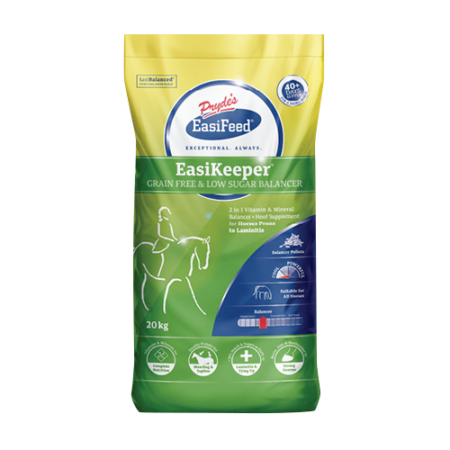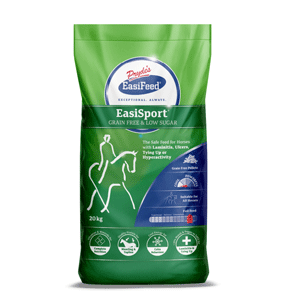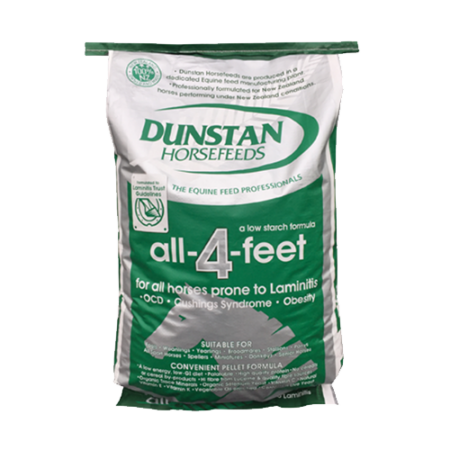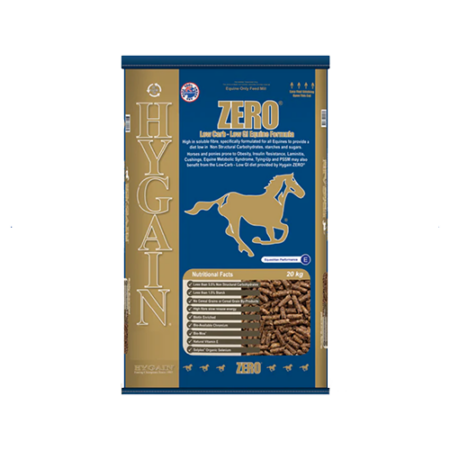Laminitis
Laminitis is an extremely painful condition which affects the hooves of horses and ponies, and can have significant, long term impacts on soundness.
Laminitis means inflammation of the laminae – the tissue between the coffin bone and the hoof. Simply put, the laminae anchors the coffin bone within the hoof capsule. When the laminae are inflamed they become weakened and the pull from the deep digital flexor tendon (as seen in the image below) can cause the coffin bone to rotate, or sink within the foot. In extreme cases, the toe of the coffin bone can penetrate through the sole of the foot.
The clinical signs of laminitis include:
- Weight shifting
- Rocking back off the toes and loading the heels (often the hindlimbs are further underneath the horse so they can lean away from their forelimbs. This is known as ‘camping under’)
- Lying down, unable to stand
- Bounding digital pulses
- Heat in the coronary bands
- Lameness

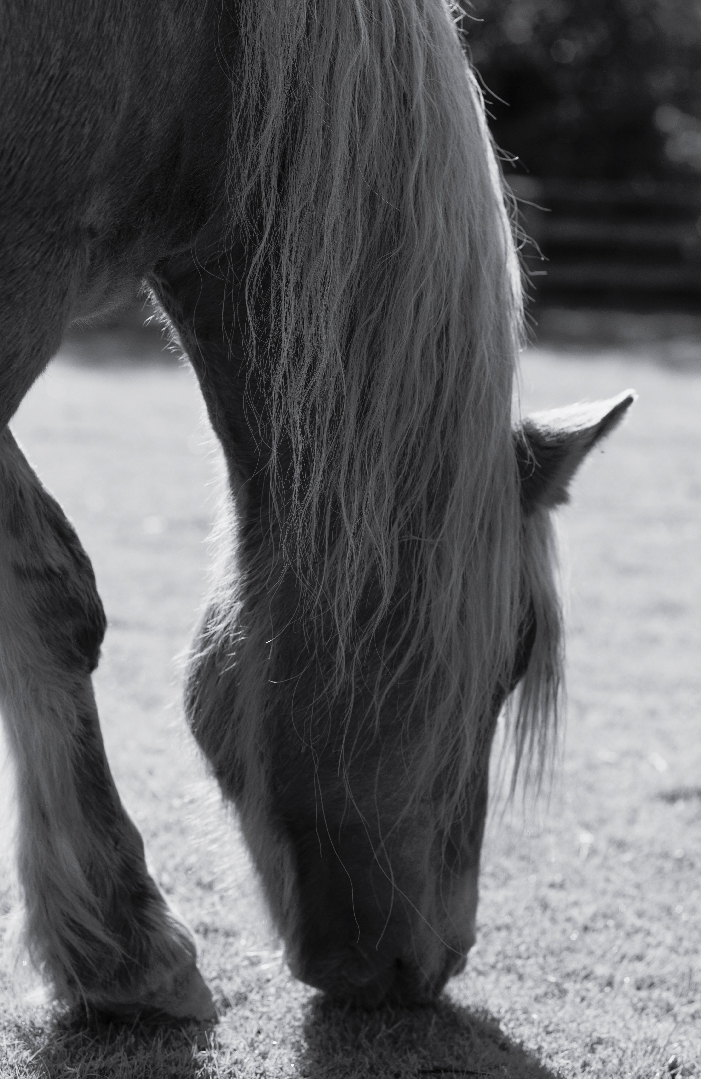
Laminitis is a multifactorial disease, but cases can be divided broadly into three categories:
- Laminitis secondary to other sources of inflammation (e.g. diarrhoea, retained placentas, certain infections)
- Laminitis secondary to underlying endocrine disease (e.g. Cushings, EMS)
- Laminitis secondary to mechanical overload (e.g. in cases of fracture or severe trauma, if a horse bears all its weight on the opposite limb it can develop laminitis in the weight bearing limb as a result)
If your horse develops laminitis it is crucial to consult your veterinarian. Every horse is different, and the underlying reason for a laminitic episode should be discussed and investigated with your vet. Typically, we make dietary changes with horses and ponies that develop laminitis and these will be outlined below, however for individual dietary advice, seek veterinary consultation.
Broad Recommendations for Feeding Laminitic Horses:
Reducing the carbohydrate content in the diet of horses and ponies, with, or at risk of laminitis is critical. This is thought to be due to the role insulin plays in inducing laminitis, and the relationship between insulin levels and carbohydrate intake. An important step in achieving this, is removing these equines from grass. Grass has a hugely variable carbohydrate content, which can be as high as 40% during certain times of year. Instead, horses with, or at risk of laminitis should be maintained on a forage source that has a low carbohydrate content, such as low quality hay. Soaking hay for a minimum of 1hr prior to feeding helps remove excess sugars from the hay to further reduce carbohydrate content. It is critical to regularly change the water you soak hay in order to prevent fermentation. Baleage, lucerne and clover should be avoided, as they have a higher digestible energy and carbohydrate content than soaked or poor quality hay.
Forage is hugely important for normal gut health in horses, and should be fed at a rate of about 1.5% of the horse’s body weight. Horses that have a tendency to guts their hay may benefit from a slow feeder or small holed hay net to ensure the fibre matt in the stomach is maintained – see the nutrition hub section on gastric ulcers for a more detailed explanation on the importance of this.

In terms of hard feeds, it’s important that cereal based feeds are avoided in order to keep carbohydrates to a minimum. Carbohydrate sources in feeds tend to come from grains such as corn, oats and barley, or byproducts of grain such as wheat bran. Unsweetened sugar beet and chaffs and low starch, low sugar and grain free feeds are a better option for laminitic equines. Fats in the forms of oils can be added to the diet if they require additional calories.
Once laminitic signs have resolved, if you want to reintroduce your horse to pasture it is best to consult with your veterinarian so they can advise the best way to do so. Grazing muzzles are often used to help reduce the amount of grass eaten, but still allow horses to exhibit normal behaviours which are integral to their wellbeing, such as grazing and socialising.
Forme Equine products recommended for at risk horses and ponies:
Below is a selection of low starch, low sugar and grain free feeds which are suitable for horses at risk, or recovering from laminitis. Horses fed fibre only diets may benefit from a low calorie balancer pellet or vitamin and mineral supplement to ensure that they are receiving the important nutrients they need to recover, particularly if they are being maintained solely on low quality or soaked hay. Gastric supplements may also be of use if your horse is on NSAIDs or experiencing increased levels of stress under their new management regime.
If your horse/pony has developed laminitis, or you are concerned about your horse/ponies condition, seek immediate veterinary advice.
Here are some links which include more comprehensive information around feeding and managing equines at risk of laminitis:
Feeding a Horse with Laminitis
How to nutritionally manage horses with laminitis?
Is your horse a candidate for a grazing muzzle?
Grazing Overweight Horses: Restricted Access Appropriate at Times

